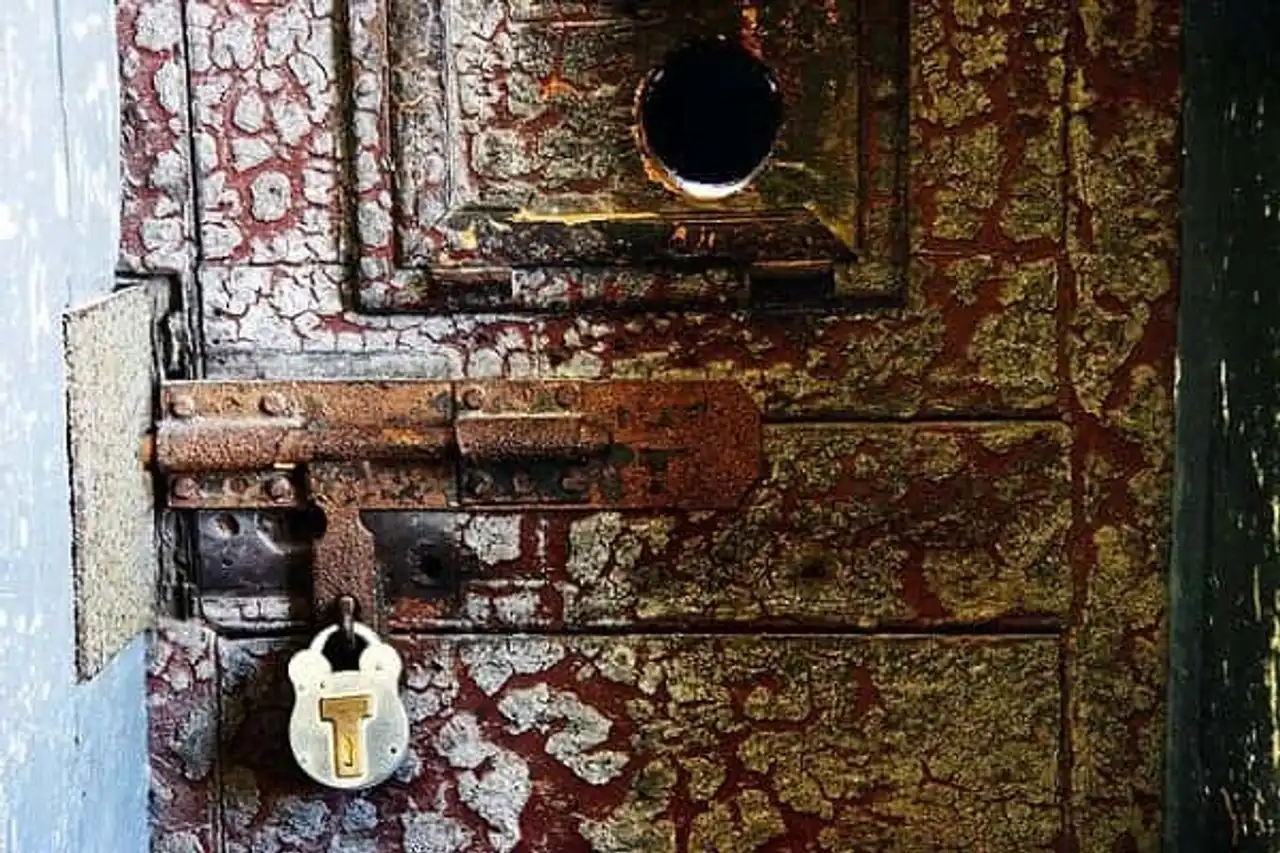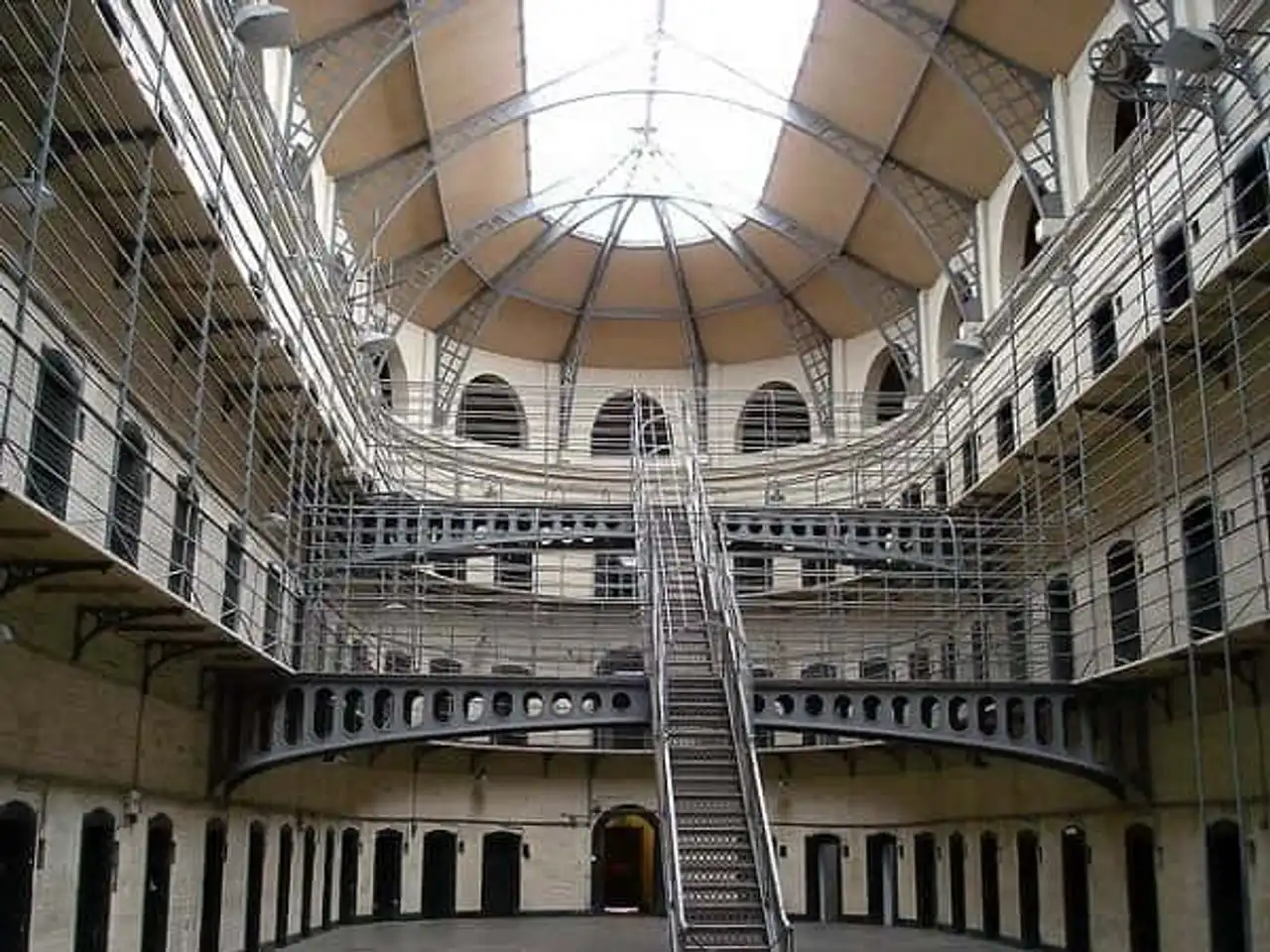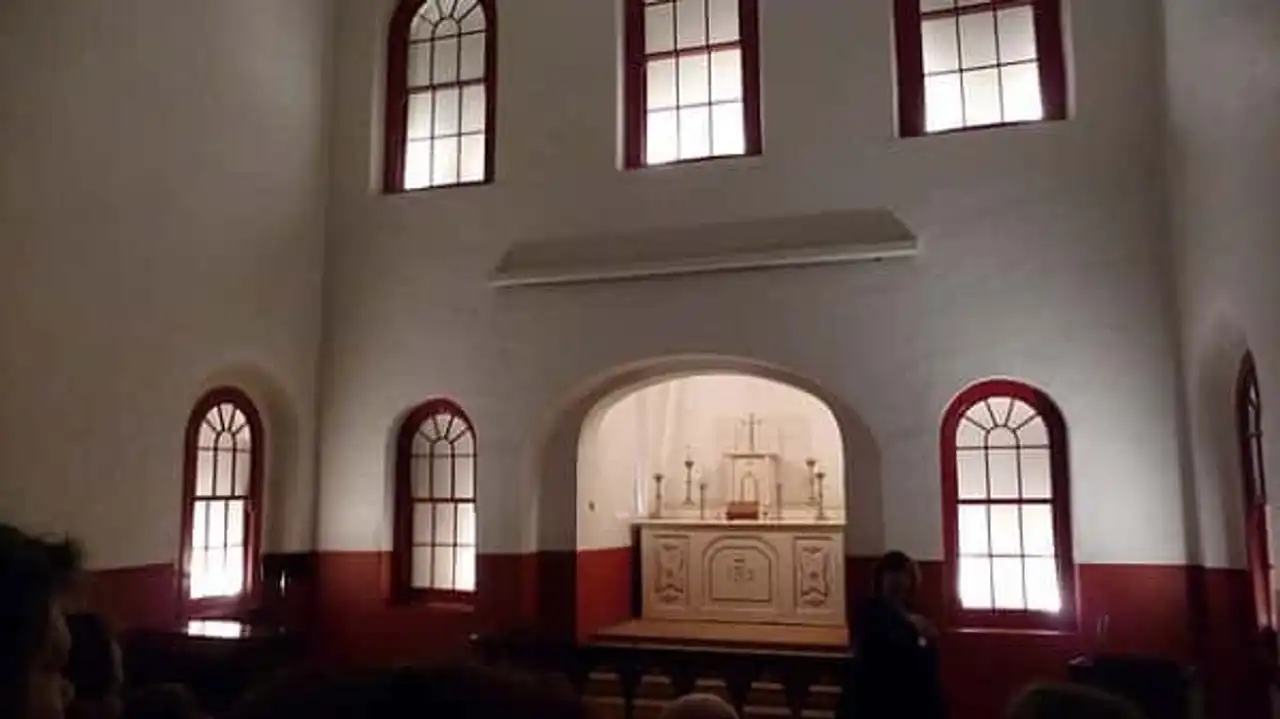Visit Kilmainham Gaol in Dublin
Why a place of suffering, despair and ultimately death should be on the list of best places to do in Dublin ?
The answer is "1916". After the failure of the Easter insurrection , the rebel leaders were imprisoned Kilmainham prison , joining a long list of nationalists already detained here, from Charles Stewart Parnell to Robert Emmet. More than a dozen men were killed, including James Connolly. The blood of these martyrs made Kilmainham Gaol a sacred place of the Republic of Ireland.

Flickr – xmascarol
If you want to understanding Irish history , in particular the « juicy» parts on resistance to English domination, so visiting this former prison is absolutely to be done. This threatening gray building, built between 1792 and 1795 and commissioned in 1796, played a role in virtually every painful act of the Ireland until independence.
The uprisings of 1798, 1803, 1848, 1867 and 1916 in Ireland ended with the detention of leaders here. The executions of 1916 were part of the history of the most terrible prison. Prisoners of civil war were detained here from 1922. The prison closed in 1924.

The inner court of the prison – Flickr – Corey Leopold
An excellent audio-visual introduction to the building is followed by a visit to the sinister prison that provokes reflection. That is to say that it is the largest building of its kind in Europe.
Restored in the 1960s, Kilmainham is now a museum and a memorial to all the martyrs who have spent time here. During the visit, one tends to tremble... not only because it is usually quite cold in the prison but also when looking at the chapel, for example, and the guide reminds us that Joseph Plunkett married here, Grace, a few hours before her execution. The cells, you will see it, are very small and stay there for whole months should be unsustainable.

The chapel – Flickr – sensoredmedia
How to go to Kilmainham Prison from Dublin?
Below I put you a map with the exact position of Kilmainham Gaol. The prison is west of Dublin Kilmainham district. You can access it by car (taxi possibly) in 10 minutes, or take one bus (25 minutes) from the centre (numbers 23, 25, 25A, 26, 68, 69). On foot, it’s a little longer, it takes at least 50 minutes.
Rates, schedules, information
Important: Note that if you arrive too late in the day, there may be no more visits allowed as all tickets for the day have been sold. You can’t book the visit in advance so it’s strongly advised to arrive early in the morning.
Entry price :
Adult: 6 € Senior / group : 4 € Child / student: 2 € Family : 14 €
Credit/debit cards are accepted.
Opening hours :
Open all year round – April to September: every day from 9:30 a.m. to 6:00 p.m. (last entry to 5:00 p.m.) – October to March: Monday to Saturday from 9:30 a.m. to 5:30 p.m. (last entry at 4:30 p.m.), and Sundays from 10 a.m. to 6 p.m. (last entry at 5 p.m.)
Average duration of the visit: 1h30 Closed on 24, 25, 26 December
For more information, see the official website .







Loading comments ...